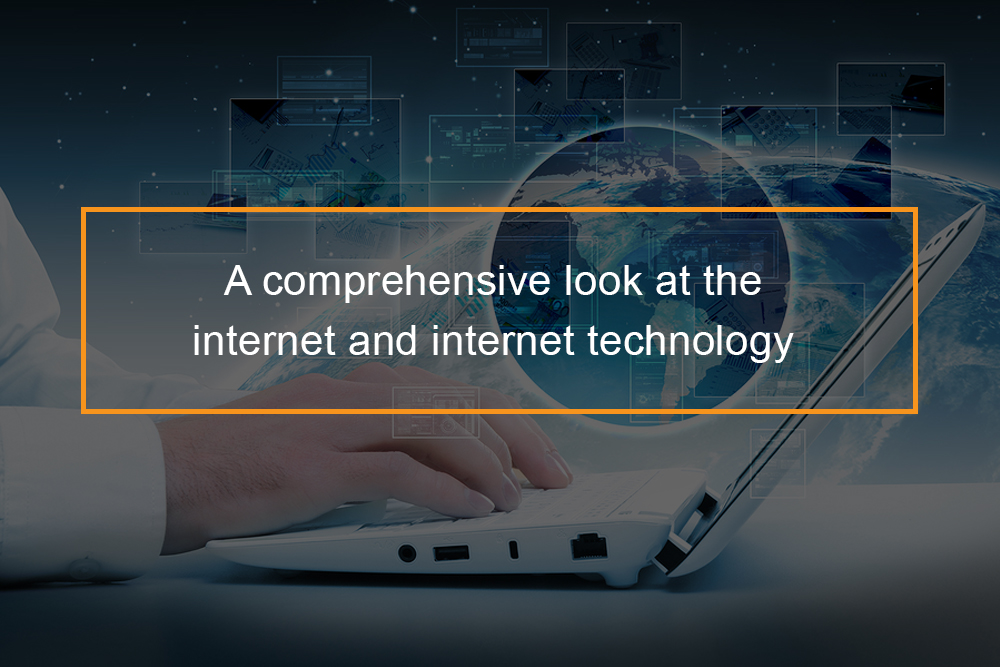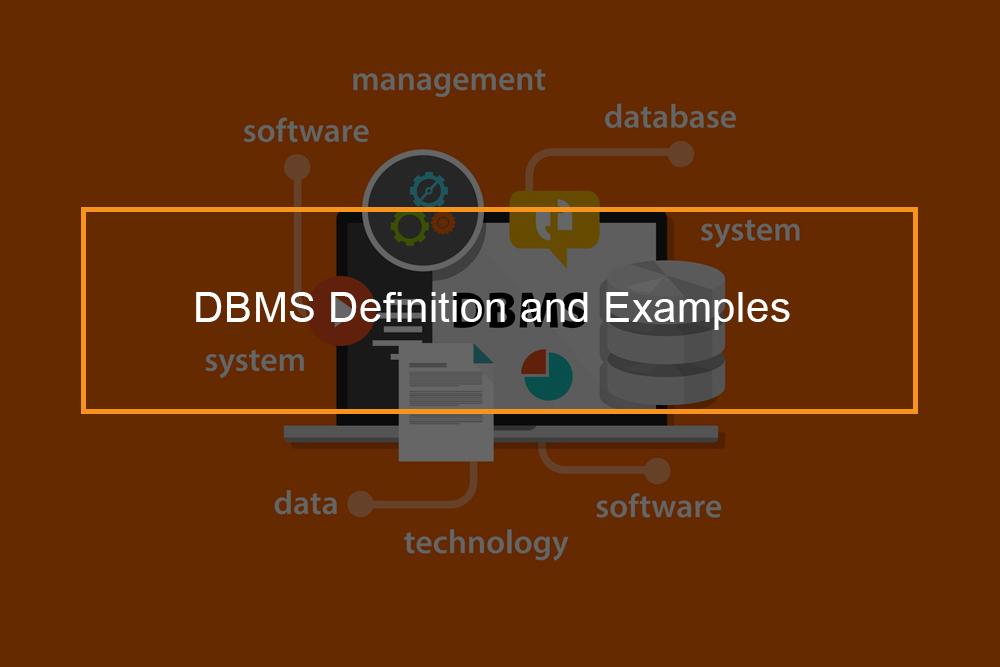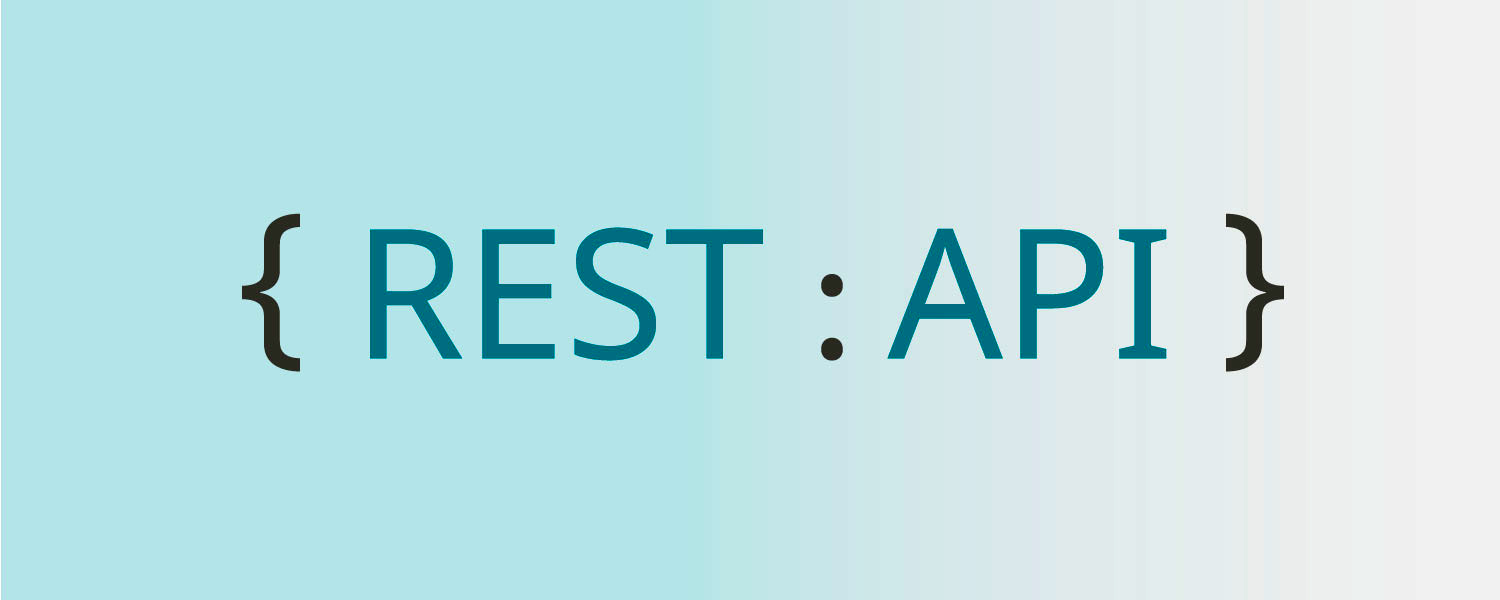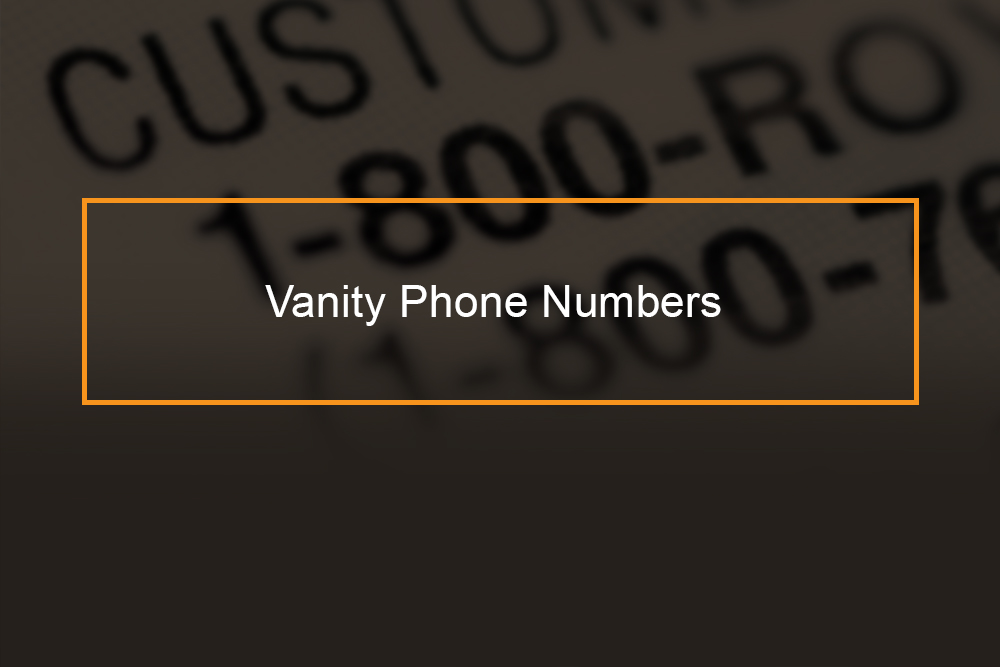
It is a network of networks that applies the client/server model of computing and the TCP/IP network reference model. Global Internet policies are set by organizations and administration bodies, like the Internet Architecture Board (IAB) and the World Wide Web Consortium (W3C). This is an in-depth glance at what the internet really is.
What is the internet?
Defining the Internet
The internet is a globally linked network system that utilizes TCP/IP to transfer information via numerous types of media. It is a network of global exchanges, consisting of private, public, service, scholastic and federal government networks, linked by wired, cordless and fiber-optic innovations. These words, Internet and World Wide Web, are frequently used interchangeably, but, they are not the same thing; the internet describes the global interaction system, including hardware and facilities, while the web is one of the services interacted over the internet.
Discussing the internet
As computing advanced, peer-to-peer (P2P) communication was gradually implemented and improved. Considering that it was the 1990s, the internet has actually considerably influenced and upgraded networking to worldwide standards. Billions of users rely on multiple application and networking innovations, consisting of:
Internet Protocol (IP):
The internet’s main element and interactions foundation. Because the internet is comprised of software and hardware layers, the IP communication requirement is employed to resolve schemes and identify distinct connected devices. Popular IP variations used for communications include Internet Protocol variation 4 (IPv4) and Internet Protocol variation 6 (IPv6).
Communications:
The internet is the most economical communications technique on the planet, in which the following services are instantly offered:
- Web-enabled audio/video conferencing services
- Online movies and gaming
- Data transfer/file-sharing, often through File Transfer Protocol (FTP)
- Instant messaging
- Internet forums
- Social networking
- Online shopping
- Financial services
The internet came from the U.S. federal government, which started constructing a computer system network in the 1960s referred to as ARPANET. In 1985, the U.S. National Science Foundation (NSF) commissioned the advancement of a university network foundation called NSFNET. The system was changed by new networks operated by commercial internet service suppliers in 1995. The internet was then brought to the public on a bigger scale around this time.
What does the Internet do?
The Internet has one extremely easy task: to transfer digital info (called data) from one place to another. That’s it! The devices that comprise the Internet treat all the info they deal with in precisely the same way. In this regard, the Internet works a bit like the postal service. Letters are just passed from one location to another, no matter who they are from or what messages they include. The work of the mail service is to move letters from location to place, not to fret about why individuals are composing letters in the first location; the very same applies here.
Just like the postal service, the Internet’s simplicity indicates it can manage several kinds of details helping individuals do various jobs. It’s not specialized to manage emails, web pages, chat messages, or anything else: all details are dealt with similarly and passed on in the same manner. Because the Internet was created that way, people can easily use it to run brand-new “applications,” new things that run over the standard computer system network. That’s why, for instance, when two European developers developed Skype, a way of making phone conversation over the Net, they just had to create a program that could convert speech into Internet information and back once again. No-one needed to reconstruct the whole Internet to make Skype possible.
How does the Internet work?
The components of the internet
Internet hardware
To understand the Internet, it helps to take a look at it as a system with two primary parts. The very first of those components is hardware. That consists of everything from the cables that carry terabits of details every second to the computer in front of you.
Other types of hardware include; routers, servers, mobile phone towers, satellites, radios, mobile phones, and other internet-enabled gadgets. All these devices create a network of networks, the Internet. It is a flexible system; it adjusts in little ways as components join and leave networks around the world. Some of those elements might remain relatively static and make up the foundation of the Internet. Others are more peripheral.
What are Internet endpoints?
These elements are connections. Some are endpoints, the computer, smartphone or other gadgets you’re using to read this may count as one, they are called endpoint customers. Devices that keep the information we look for on the Internet are servers. Other components are nodes which work as a linking along a path of traffic. And after that, there are the transmission lines which can be physical, as when it comes to cable televisions and optical fiber, or they can be cordless signals from satellites, cellular phone or 4G towers, or radios.
All of this hardware wouldn’t develop a network without the second component of the Internet: the protocols. Protocols are sets of rules that makers follow to complete jobs. Without a typical set of procedures that all machines linked to the Internet should follow, communication between devices could not occur. The various makers would be unable to comprehend one another or perhaps send information in a significant method. The protocols offer both the program and atypical language use for devices to transmit data.
A Matter of Protocols
You’ve probably heard of numerous procedures on the Internet. For example, the hypertext transfer protocol is what is used to view websites through an internet browser, that’s what the HTTP at the front of the web address represents. If you’ve ever utilized an FTP server, you depended on the file transfer protocol. These protocols and dozens more create the framework within which all devices need to run to be part of the Internet. Two of the most well-known protocols are the transmission control protocol (TCP) and the Internet protocol (IP), and they are often grouped together.
What do these protocols do?
At their standard level, these protocols establish the guidelines for how data travels through the Internet. Without these guidelines, you would require a direct connection to another computer system to access the data they hold. You ‘d also require both your computer and the target computer to understand a common language. You’ve most likely heard of IP addresses. They follow the Internet protocol. Each gadget connected to the Internet has an IP address. This is how one maker can find another through the huge network.
What version of IP is used today?
The version of IP that most people use today is IPv4, which is based on a 32-bit address system. There’s one major issue with this system: It is running out of addresses, prompting the Internet Engineering Task Force (IETF) formed back in 1991 that it was required to establish a new version of IP to produce adequate addresses to fulfill demand. The outcome was IPv6, a 128-bit address system. That’s enough addresses to accommodate the increasing need for Internet access for the foreseeable future.
When you send a message or recover details from another computer, the TCP/IP protocols are what make the transmission possible. Your request goes out over the network, striking domain servers (DNS) along the way to discover the target server. The DNS directs the request in the right direction. When the target server receives the request, it can send a response back to your computer system. The information may take a different path to get back to you. This flexible technique for information transfer is part of what makes the Internet such a powerful communication tool.
Let’s examine how data travels across the Internet
The use of Internet packets
To get this article, your computer system needed to get in touch with the web server with the article’s file. We’ll use that as an example of how data travels throughout the Internet.
An example of how data would be transmitted through the internet
First, you open your web browser and link to our web website. When you do this, your computer system sends an electronic request over your Internet connection to your Internet service supplier (ISP). The ISP routes the demand to a server even higher up the chain on the Internet. Eventually, the request will hit a domain name server (DNS).
This server will try to find a match for the domain name you’ve entered. If it finds a match, it will direct your request to the correct server’s IP address. If no equivalent is found, it will send out the demand further up the chain to a server that has more info. The request will ultimately get to our web server. Our server will respond by sending out the requested file in a series of packets. Packets become part of a file that ranges in between 1,000 and 1,500 bytes.
How packets travel through the internet?
Packets have headers and footers that inform computer systems what’s in the package and how the information fits with other packets to form a whole file. Each package travels through the network and back to your computer. Packets don’t always take the same route; they’ll usually travel the path of least resistance. That’s an important function. Because packets can take a trip several ways to get to their destination, it’s possible for information to pass around congested areas on the Internet. In truth, as long as some connections stay, whole sections of the Internet could go down, and information might still travel from one area to another, though it might take longer than usual.
When the packets get to you, your gadget arranges them according to the guidelines of the procedures. It’s sort of like creating a jigsaw puzzle. The Complete outcome is that you see this post. This applies to other sorts of files also. When you send an email, it gets broken down into packets before zooming throughout the Internet. Phone calls online also transform conversations into packets using the voice over Internet protocol (VoIP). We can thank network pioneers like Vinton Cerf and Robert Kahn for these protocols; their early work helped develop a system that’s both scalable and robust.
How computers perform various tasks on the Internet?
The workings of devices connected to the internet
There are countless computer systems on the Net; however, they don’t all precisely do the same thing. Some of them resemble electronic filing cabinets that simply store data and pass it on when asked for. These devices are called servers. Makers that hold common documents are called file servers; ones that hold individuals’ mail are called mail servers, and those that retain web pages, web servers. A computer that retrieves info from a server is called a client. When your computer connects online to a mail server through your ISP (Internet Service Provider), so you can access your messages, your PC is the client, and the ISP computer system is the server. There are more clients on the Internet than servers.
Peer-to-Peer communication
When two computer systems on the Internet swap information backward and forward on a more-or-less equivalent basis, they are referred to as peers. If you use an instant messaging(IM) program to talk to a friend, and you start swapping celebration images back and forth, you’re taking part in what’s called peer-to-peer (P2P) interaction. In P2P, the devices included sometimes act as clients and in some cases as servers. For instance, if you send out an image to your pal, your computer system is the server (supplying the picture), and the friend’s computer is the client (accessing the photo). If your friend sends you an image in return, the two computers swap roles.
Apart from clients and servers, the Internet is also made up of intermediate computer systems called routers, whose job is really simple, to make connections between various systems. If you have several computers in the house or school, you probably have a single router that connects them all to the Internet. The router is like the mailbox on the end of your street: it’s your single point of entry to the worldwide network.
How huge is the internet?
One way of estimating it is through the amount of information that courses through it: about five exabytes(EB) a day. That’s comparable to 40,000 two-hour standard definition films per second. It takes some wiring up. Many miles of cables criss-cross countries and more are laid along the sea and ocean floors to connect islands and continents. About 300 submerged cable tubes, the deep-sea variant only as thick as a garden hose, underpin the contemporary internet. Many are bundles of hair-thin fiber optics that carry information at the speed of light.
Internet cable sizes
The cable tubes vary from the 80-mile Dublin to Anglesey link, to the 12,000-mile Asia-America Gateway, which connects California to Singapore, Hong Kong and other places in Asia. Important cable tubes serve a shocking variety of individuals. In 2008, damage to 2 marine cables near the Egyptian port of Alexandria stirred millions of net users in Africa, India, Pakistan, and the Middle East.
What is the internet’s energy consumption like?
Huawei predicts that the info and communications technology (ICT) market might use 20% of the world’s electrical power and release more than 5% of the world’s carbon emissions by 2025. In 2016, the United States government’s Lawrence Berkeley National Laboratory approximated that American data centers, hubs where computer systems store, procedure, and share information, may need 73bn kWh of energy in 2020. That’s the yield of 10 Hinkley Point B nuclear power stations.
What is the world wide web (WWW)?
The web is a means of viewing and sharing details over the net. That data, be it text, music, photos or videos or whatever, is displayed on web pages accessed through a web browser. Google manages more than 40,000 searches per second and has 60% of the worldwide web browser market through Chrome. There are nearly 2bn websites out there, but many are hardly visited. The leading 0.1% of sites (roughly 5m) attract the majority of the world’s web traffic.
Internet apps
These Google, YouTube, Facebook, the Chinese website Baidu, Instagram, Yahoo, Twitter, the Russian social media VK.com, Wikipedia, Amazon, and other sites. The rise of apps indicates that for many people, being on the internet today is less about searching the open web than getting more real information: news, messages, weather forecasts, videos and the like.
What is the dark web?
A search of the web does not browse all of it. If you google the word “puppies,” your browser will show websites the online search engine has discovered in the many that have logged in its search index. While the search index is enormous, it includes just a portion of what is on the web.
Much more, perhaps 95%, is unindexed therefore invisible to standard web browsers. Think about the web as having three layers: surface area, deep and dark. Standard web browsers trawl the surface area web, the pages that are most noticeable. Under the that is the deep web: a chunk of pages that are not listed. These consist of pages held behind passwords, the kind found on the office intranet, for example, and pages no one connects to, given that Google and others develop their search indexes by following links from one website to another.
What you need to access the dark web?
Buried further into the deep web is the dark web, a lot of websites with addresses that hide them from view. To access the dark web, you need a unique software application such as Tor (The Onion Router), a tool originally developed by the US Navy for intelligence agents online. While the dark web has lots of legitimate uses, not limited to preserving the privacy of reporters, activists, and whistleblowers, a substantial part is driven by criminal activity. Illegal markets on the dark web trade whatever from drugs, weapons, and fake money to hackers, gunman and child pornography.
How many people are online?
It depends on how you define it. One measure popular with the International Telecommunications Union (ITU), a UN body, counts being online as having utilized the net in the past three months.
It suggests individuals are not presumed to use the internet because they live in a town with a network cable or near a wifi tower. By this time, some 3.58 billion individuals, or 48% of the international population, were online by the end of last year. The number should go up to 3.8 billion, or 49.2%, by the end of this year, with half of the world being online by May 2019.
How many people are connecting to the internet?
Fixed-line internet connections are costly in establishing countries, so many people connect through their cell phones. The trend points to a two-tier experience of the internet that is covered by improvement figures. What can be done on a cell phone is a fraction of what can be attained with a desktop, laptop or tablet, as anybody who has attempted to file their tax return on their mobile will understand.
What is the percentage of people online?
In some countries almost everyone is online. More than 98% of Icelanders are on linked, with similar portions in Denmark, Norway, Luxembourg, and Bahrain, the ITU says. In Britain, about 95% are online, compared to 85% in Spain, 84% in Germany, 80% in France and just 64% in Italy. A 2018 statement from the Pew Research Center discovered that 89% of Americans are online. The west does not control the online world, though. While the United States has around 300 million net users, China has more than 800 million in 2018, with 40% of the people still unconnected. India reached an approximated 500 million internet users this year, with 60% of the country still offline.
What are internet users doing?
A minute looks like this:
- 156 million emails,
- 29 million messages,
- 1.5 million Spotify songs,
- 4 million Google searches,
- 2 million minutes of Skype calls,
- 350,000 tweets,
- 243,000 photos posted on Facebook,
- 87,000 hours of Netflix, 65,000 images put on Instagram,
- 25,000 posts on Tumblr,
- 18,000 matches on Tinder,
- 400 hours of video uploaded to YouTube.
Many consumer internet traffic is video: accumulate all the online video enjoyed on sites, YouTube, Netflix and cams and you have 77% of the world’s internet traffic, according to United States tech company Cisco.
What locations are offline?
There is a huge disparity between the rich, and the poor and hardship is a frustrating aspect. In the metropolitan centers of some African nations, internet access is regular. Over half of South Africans and Moroccans are online, and parts of other nations, such as Botswana, Cameroon, and Gabon, are linking quick. Cellphones are driving development thanks to mobile broadband expenses falling 50% in the previous three years. But a lot of locations are not keeping up. In countries like Tanzania, Uganda, and Sudan, 30 to 40% can get connected. In countries like Guinea, Liberia, and Sierra Leone only 7 to 11% of the people are online.









